INTERNATIONAL INVESTMENT
AND PORTAL
The country’s exports began building critical mass in the early 2000s, when a trade deal with the US provided powerful momentum for outward expansion. The pace of growth quickened further after the country’s World Trade Organization accession (WTO) in 2007.
 Jola Pasku, senior economist, S&P Global
Jola Pasku, senior economist, S&P Global
From 2004 to 2024, the value of merchandise exports from Vietnam rose over tenfold to close to over $476 billion, while their share in GDP jumped nearly doubled to 84 per cent. Based on this measure, Vietnam now exceeds Taiwan, Thailand, and even Malaysia in terms of economic openness. Indeed, only major trade hubs Singapore and Hong Kong have higher shares of goods exports to GDP, yet it is worth noting that much of that traffic consists of re-exports, which isn’t the case for Vietnam.
In light of these figures, the importance of exports as a driver of economic change in Vietnam cannot be overstated.
What is even more impressive to note is that changes pertaining to Vietnam’s export and manufacturing profile go far beyond the sheer rate of expansion discussed previously. In the mid-1990s, the country’s exports were heavily dominated by primary commodities such as fisheries, rice, and petroleum. Their share gradually declined, and for several years between the late 1990s through the mid-2000s the split between primary and manufactured products was relatively even.
In the post-WTO period, however, manufactured products became by far the most important export category as foreign investment into the manufacturing sector took off. The current export structure in terms of primary versus manufactured products is the exact opposite of the structure two decades ago, and even more importantly, it seems like the gap between the two is expanding.
Until not long ago, Vietnam’s export mix was dominated by natural resources, and Vietnam was a big player in lower value-added manufacturing (such as footwear and garments). But over time, as richer manufacturing powerhouses in Asia began to offshore some production to lower-cost locations within the region, Vietnam started to attract investment in more complex manufacturing.
Heavy investments from South Korean company Samsung and Taiwan, for instance, have turned telephones and electronics into Vietnam’s largest-growing export categories since 2015. In terms of end use, Vietnam’s exports comprise mainly intermediate goods and final consumption goods, while mixed end-use and capital goods have grown in prominence.
The country’s geographical location bordering China, access to key advanced markets considering the large number of free trade agreements, and a young and inexpensive labour force relative to regional neighbours have been responsible for fuelling a manufacturing boom that was further reignited during the trade war between the US and China in 2018.
There is good evidence that after a rather significant increase in Vietnam’s share of China’s outbound direct investment flow into Asia post-2018, Vietnam remains an attractive reshoring destination even more recently.
Incoming high-frequency data on industrial production and exports in Vietnam remain quite upbeat through Q3, and are bucking softness elsewhere in the region. This persistent robust performance in the context of heightened global trade tensions clearly demonstrates Vietnam’s consolidated manufacturing competitive position both within Asia and globally.
Vietnam is well poised to continue benefiting from the realignment drive in global supply chains as it is currently undergoing a shift from a final assembly hub to a production base with value-chain upgrading in supporting sectors, including electronics, vehicles, and mechanical engineering. This trend will be supported by strong economic fundamentals, including a diversified trade structure and free trade deals, which are spurring reforms.
Once implemented, they will provide expanded trade opportunities for businesses. Additionally, these trade agreements signal the government’s commitment to liberalise the economy, which, together with easing restrictions on foreign ownership of property and corporate shares, should stimulate investment into higher value added manufacturing in the near to medium term.
We expect Vietnam’s economy to remain a bright spot in the region as the chip-led tailwind will support export-oriented manufacturing, though some softness is projected over the near-term considering the high base effect from export front-loading will also come into play in 2026.



















